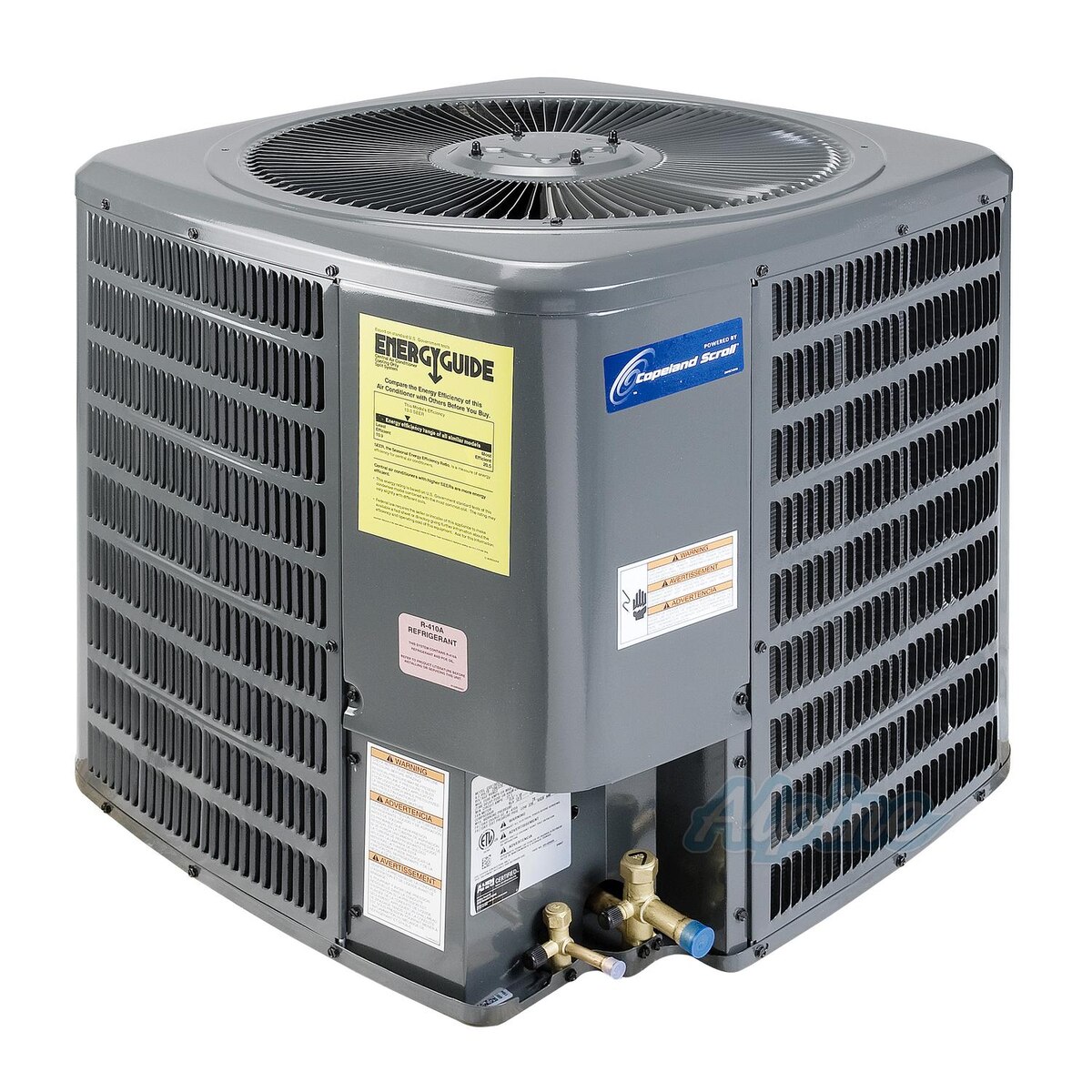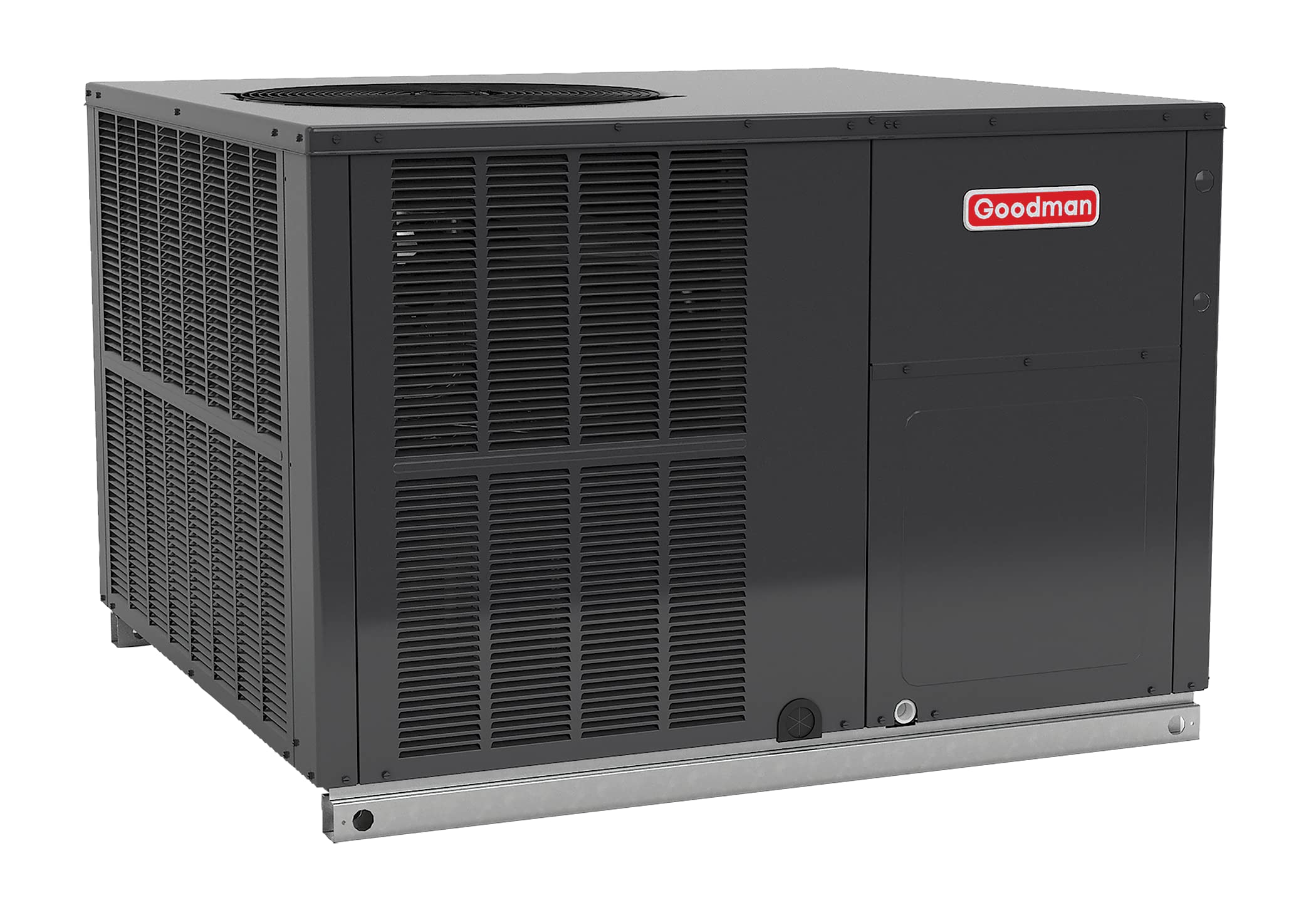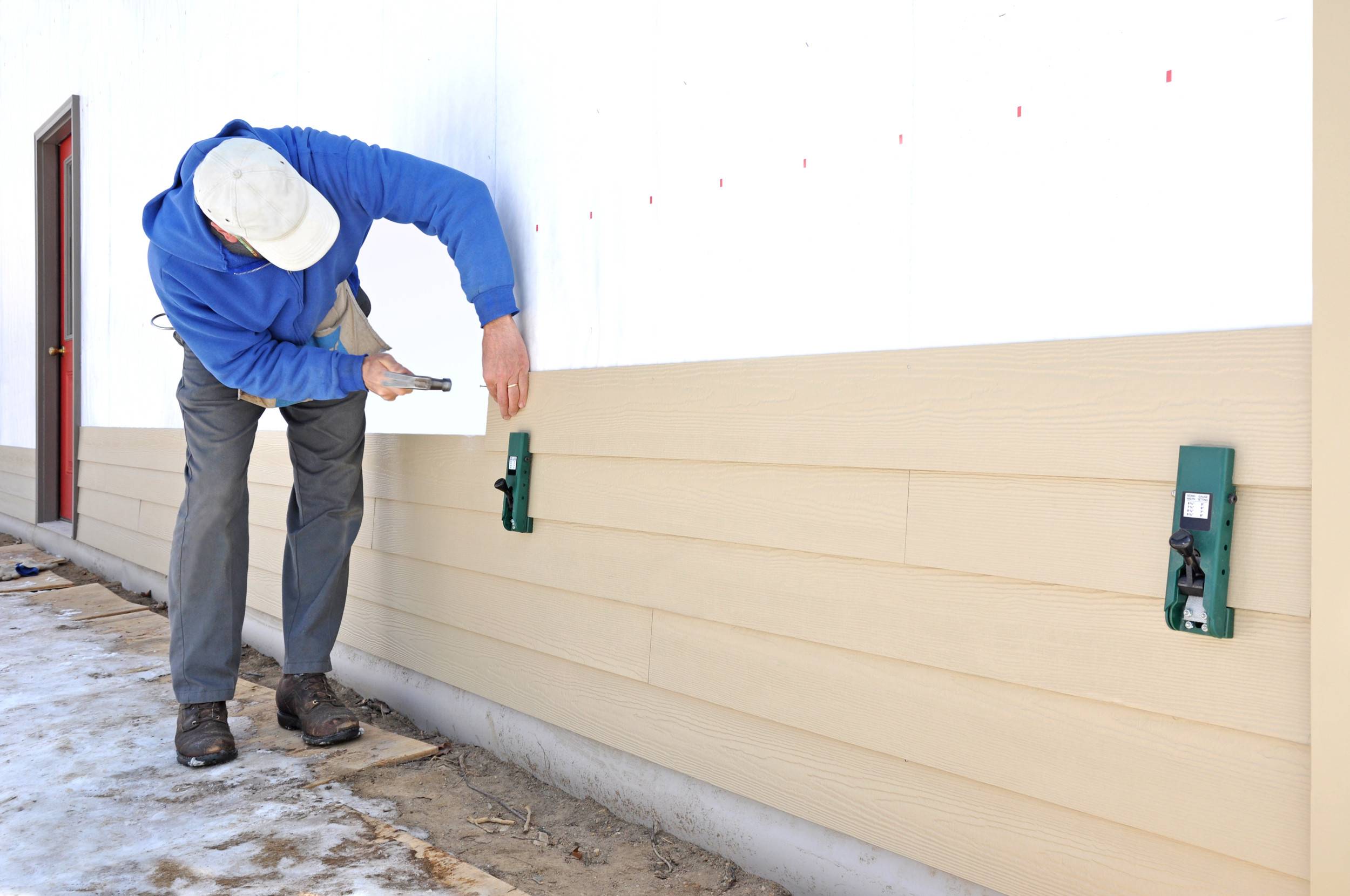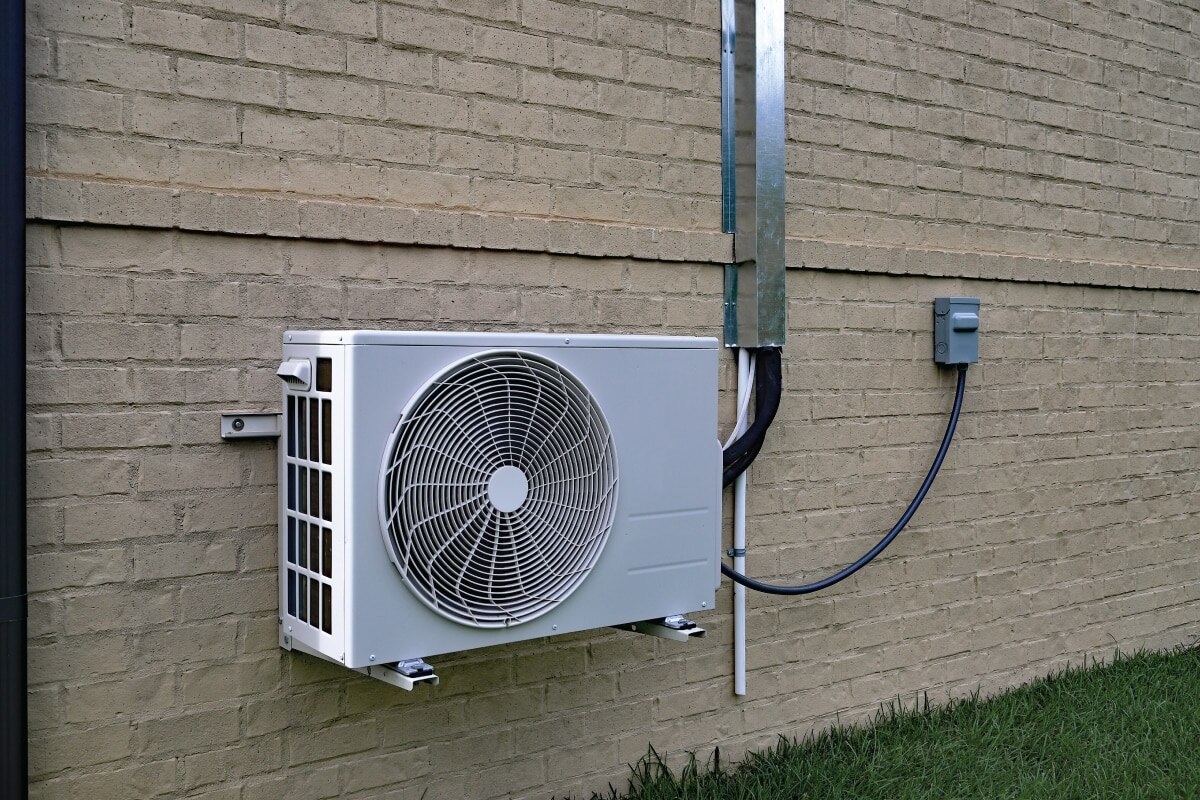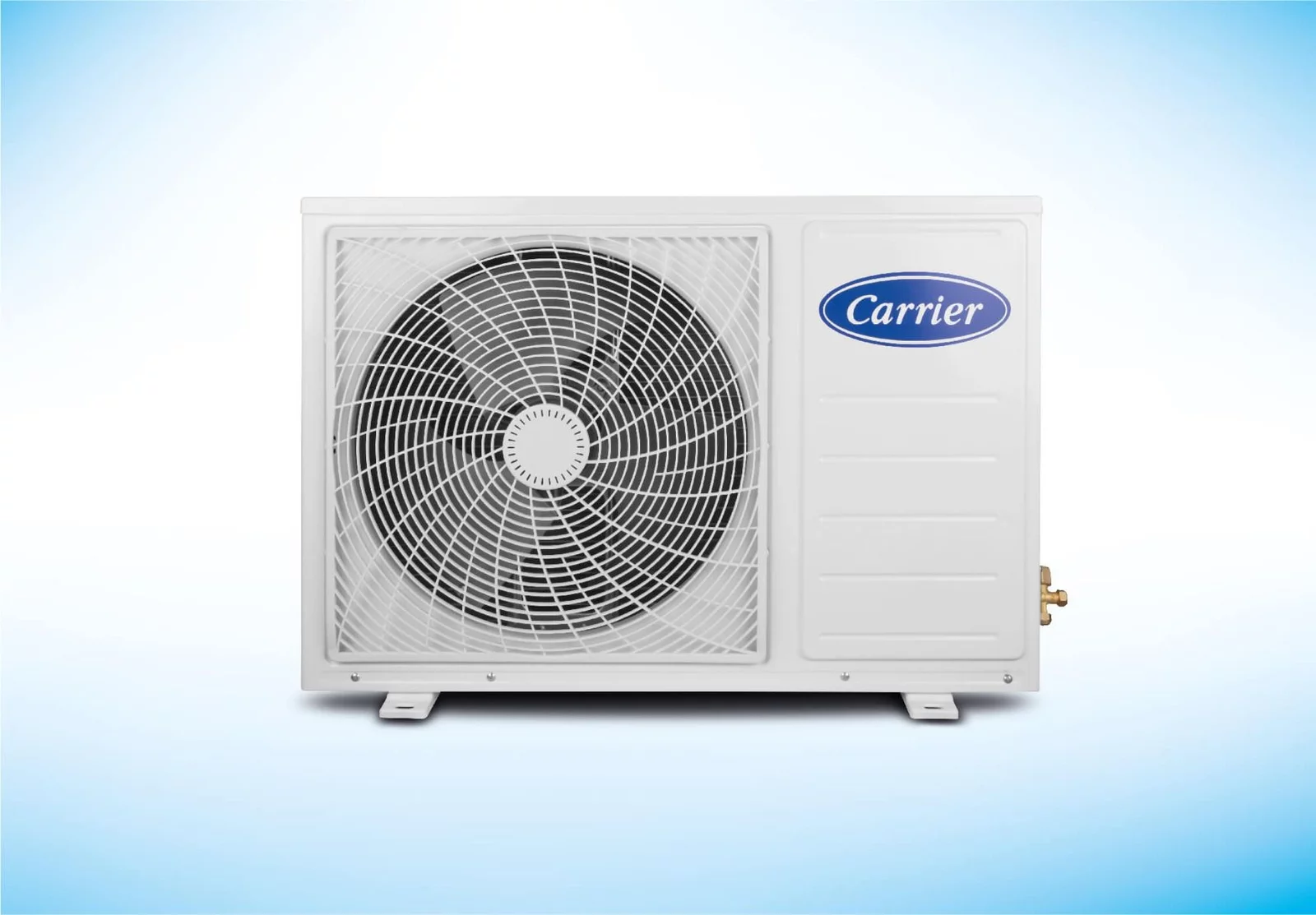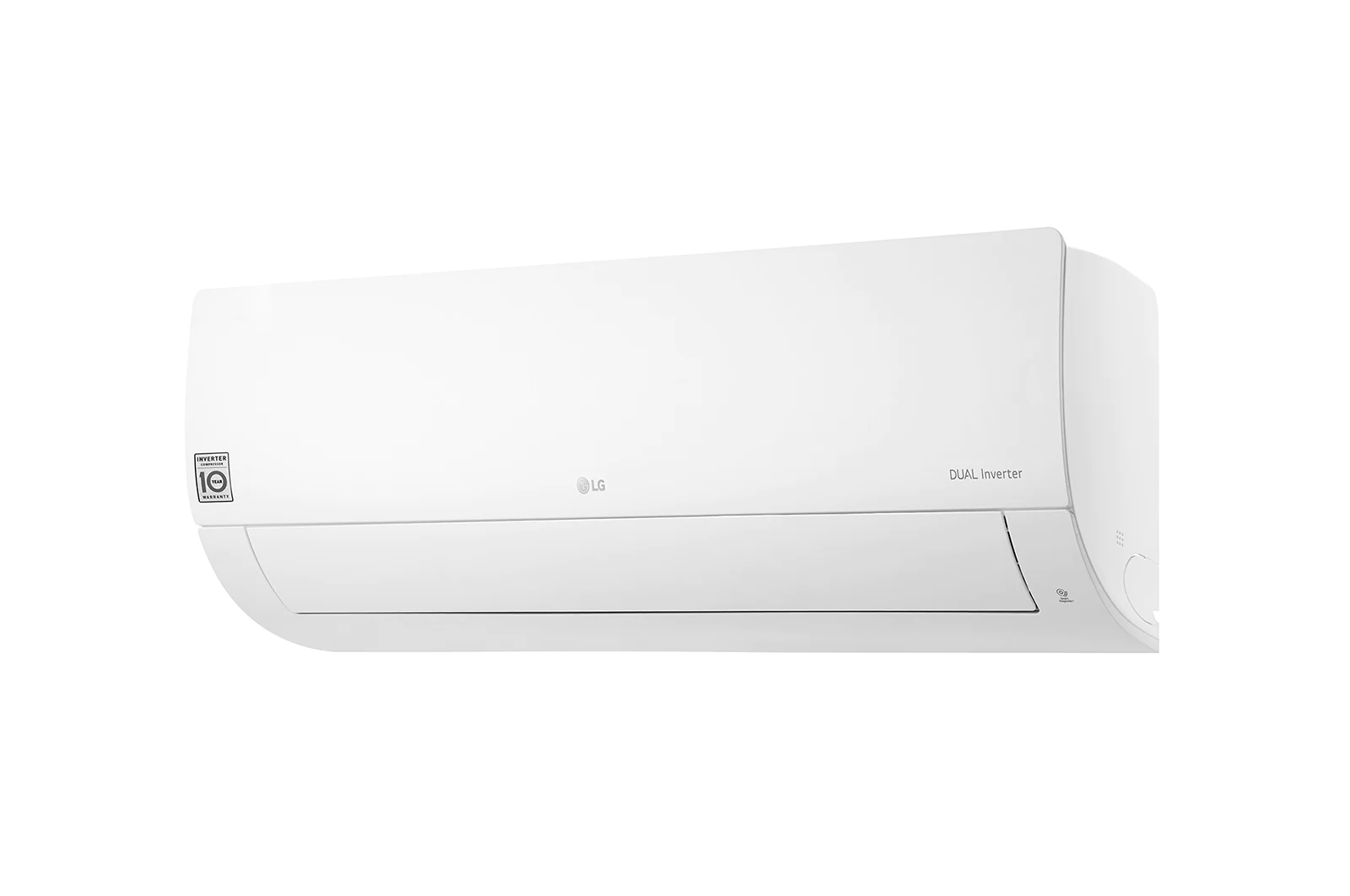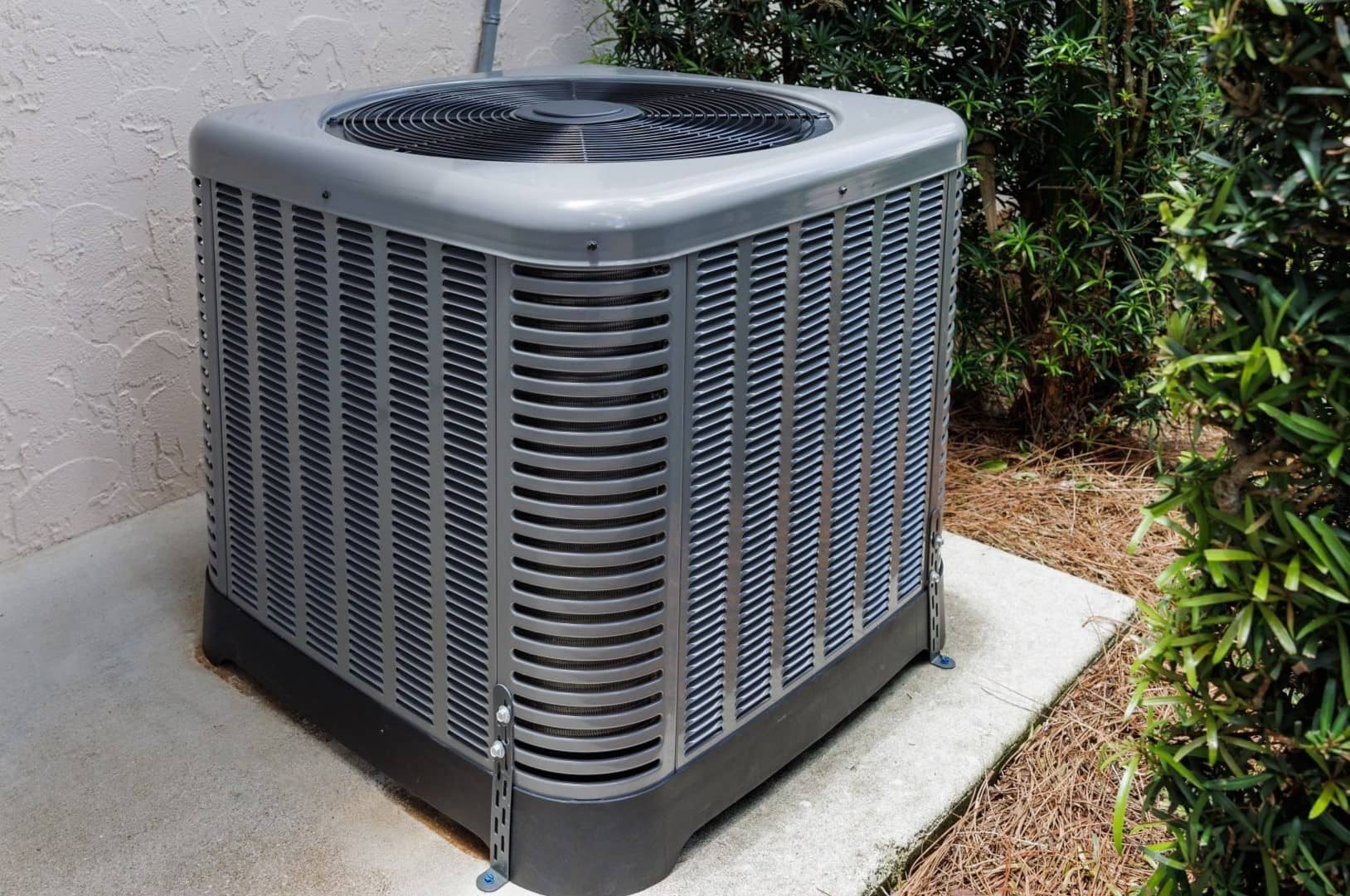Home>Home Maintenance>How Many Tons Per Square Foot Air Conditioning
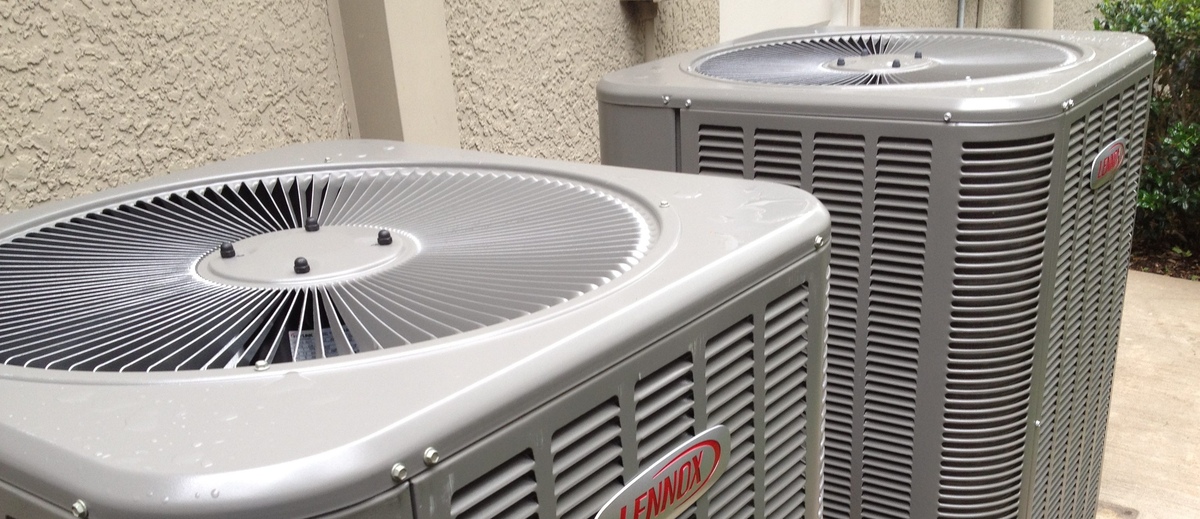

Home Maintenance
How Many Tons Per Square Foot Air Conditioning
Modified: March 6, 2024
Learn how to calculate the number of tons required for air conditioning per square foot for your home maintenance needs. Expert tips and advice.
(Many of the links in this article redirect to a specific reviewed product. Your purchase of these products through affiliate links helps to generate commission for Storables.com, at no extra cost. Learn more)
Introduction
Welcome to our comprehensive guide on understanding the concept of “tons per square foot” in air conditioning systems. When it comes to cooling your home or office space efficiently, it is crucial to have an understanding of how much cooling capacity is needed to maintain a comfortable indoor environment. This is where the concept of tons per square foot comes into play.
Many people wonder what exactly is meant by “tons” in the context of air conditioning, and how it relates to the square footage of a space. In this article, we will break down the concept, discuss the factors that affect the ideal tons per square foot, and explain why having the right cooling capacity is vital for the performance and efficiency of your air conditioning systems.
Whether you are a homeowner looking to install a new air conditioning unit or a facility manager responsible for maintaining a commercial building, this guide will provide you with the knowledge you need to make informed decisions when it comes to cooling your space effectively.
Key Takeaways:
- Properly sizing your air conditioning system is crucial for comfort, efficiency, and longevity. Consulting a professional ensures accurate calculations based on your unique space and cooling needs.
- Understanding tons per square foot ensures even cooling, energy efficiency, and reduced environmental impact. Invest in the right tons per square foot for optimal air conditioning performance.
Understanding Tons and Square Footage in Air Conditioning
When it comes to air conditioning systems, the term “tons” refers to the cooling capacity of the unit, not its weight. One ton of cooling capacity is equivalent to the amount of heat that needs to be removed to cool 12,000 British Thermal Units (BTUs) in one hour. The term “tons” originates from the time when ice was used as a cooling medium, and one ton of ice would provide the same cooling effect as melting one ton of ice in 24 hours.
Square footage, on the other hand, represents the size of the area that needs to be cooled. It is typically measured in square feet (sq ft). The square footage of a space plays a crucial role in determining the appropriate cooling capacity needed to maintain a comfortable temperature.
When it comes to determining the ideal tons per square foot for air conditioning, it is important to understand that there is no one-size-fits-all answer. The ideal ratio will vary depending on several factors, such as the climate, insulation levels, ceiling height, number of windows, and the intended use of the space.
For residential spaces, the typical range for tons per square foot is 0.75 to 1 ton per 500 to 600 square feet. However, for commercial spaces, such as offices or retail stores, the range might be higher, ranging from 1 to 1.5 tons per 300 to 400 square feet.
It is important to note that these are general guidelines and may need to be adjusted based on the specific requirements of the space. Consulting with a professional HVAC contractor is recommended to accurately determine the ideal tons per square foot for your specific needs.
Factors such as the climate play a significant role in determining the cooling capacity required. For example, areas with hot and humid climates will require higher cooling capacities compared to cooler regions. Insulation levels and the number of windows in a space also impact the heat gain, which in turn affects the cooling capacity needed.
Additionally, the intended use of the space should be considered. For example, a commercial kitchen or a server room will generate more heat compared to a standard office space. Therefore, these areas may require higher cooling capacities to maintain optimal temperatures.
By understanding the relationship between tons and square footage and considering these factors, you can ensure that your air conditioning system provides the right level of cooling capacity to keep your space comfortable and energy-efficient.
Factors Affecting Tons Per Square Foot
When determining the ideal tons per square foot for air conditioning systems, several factors need to be taken into consideration. These factors can have a significant impact on the cooling capacity required to maintain a comfortable indoor environment. Let’s take a closer look at some of the key factors that affect tons per square foot:
- Climate: The climate of the region where the space is located plays a vital role in determining the cooling requirements. Hot and humid climates will require higher cooling capacities compared to cooler regions.
- Insulation: The insulation levels of a building significantly affect the heat gain or loss. Proper insulation helps to minimize heat transfer, reducing the cooling load on the air conditioning system. A well-insulated space will require less tons per square foot compared to a poorly insulated one.
- Ceiling Height: The height of the ceilings in a space also impacts the cooling load. Higher ceilings can result in increased volume, requiring more tons per square foot to maintain a comfortable temperature throughout the entire space.
- Number of Windows and Orientation: The number of windows and their orientation can impact the amount of heat gain from sunlight. Spaces with large windows that receive direct sunlight will require higher cooling capacities.
- Occupancy and Equipment: The number of occupants and equipment present in a space contribute to the heat load. For example, a crowded office or a room with multiple computers and machinery will generate more heat, necessitating higher tons per square foot.
- Usage of Space: The purpose and usage of the space also affect the cooling requirements. Spaces such as kitchens, server rooms, or gyms typically have higher heat loads and therefore require higher tons per square foot compared to standard office spaces or bedrooms.
- Ventilation: The ventilation system in a building influences the cooling load. Proper airflow and ventilation help distribute cool air evenly throughout the space, reducing the need for higher tons per square foot.
It is important to note that these factors are not exhaustive, and other specific aspects of your space may also contribute to the cooling requirements. A qualified HVAC professional can conduct a thorough assessment of your space and consider all relevant factors to determine the appropriate tons per square foot for your air conditioning system.
By taking these factors into account, you can ensure that your air conditioning system is properly sized to meet the specific cooling needs of your space, resulting in optimal comfort and energy efficiency.
Ideal Tons Per Square Foot for Different Spaces
When it comes to determining the ideal tons per square foot for different spaces, it is important to consider the specific needs and requirements of each space. Here are some general guidelines for the ideal tons per square foot for various types of spaces:
- Residential Spaces: For residential spaces such as homes and apartments, the typical range for tons per square foot is 0.75 to 1 ton per 500 to 600 square feet. However, keep in mind that factors such as insulation, ceiling height, and the number of windows may influence the specific cooling requirements for your home.
- Commercial Spaces: Commercial spaces include offices, retail stores, restaurants, and other non-residential areas. The ideal tons per square foot for these spaces can range from 1 to 1.5 tons per 300 to 400 square feet. However, similar to residential spaces, factors such as occupancy, equipment, insulation levels, and ventilation should also be considered when determining the appropriate cooling capacity.
- Industrial Spaces: Industrial spaces, such as warehouses or manufacturing facilities, often have unique cooling requirements due to factors like high ceilings, large amounts of equipment, and high heat load. The ideal tons per square foot for these spaces can vary significantly depending on the specific needs of the industry. Consulting with an HVAC professional experienced in industrial applications is crucial to accurately determine the cooling capacity required.
- Specialized Spaces: Some spaces have specialized requirements that may deviate from the general guidelines. For example, server rooms require precise temperature and humidity control to protect sensitive equipment. These spaces may require higher tons per square foot to ensure optimal cooling and equipment performance.
- Outdoor Spaces: Outdoor spaces like patios, terraces, or outdoor dining areas often benefit from different cooling solutions, such as misting systems or portable air conditioners. The calculation of tons per square foot may not be applicable to these areas as they are more open and subject to natural ventilation.
It is important to note that these are general guidelines and may need to be adjusted based on the specific requirements and unique characteristics of each space. Factors such as climate, insulation, equipment, and usage should always be taken into consideration to ensure the proper cooling capacity is provided.
Consulting with a professional HVAC contractor is highly recommended to accurately determine the ideal tons per square foot for your specific space. By doing so, you can ensure that your air conditioning system is appropriately sized for optimal comfort, energy efficiency, and performance.
The typical rule of thumb for air conditioning is to use 1 ton of cooling capacity for every 500-600 square feet of space. This can vary depending on factors such as climate, insulation, and ceiling height.
Calculating Tons Per Square Foot for Air Conditioning
Calculating the appropriate tons per square foot for air conditioning involves assessing several factors specific to your space. While it is recommended to consult with a professional HVAC contractor for an accurate calculation, you can use a general formula as a starting point. Here’s a simple method to calculate tons per square foot:
- Calculate the total square footage of the area you want to cool. Measure the length and width of each room and multiply them to obtain the square footage. If you have irregularly shaped areas, break them down into smaller sections and calculate the square footage separately.
- Determine the cooling capacity required in BTUs. To do this, multiply the square footage of each room by a predetermined cooling capacity per square foot. The exact cooling capacity per square foot can vary depending on factors such as climate, insulation, and usage. As a general guideline, you can start with 20 BTUs per square foot for residential spaces and up to 25 BTUs per square foot for commercial spaces.
- Convert the cooling capacity from BTUs to tons. To convert BTUs to tons, divide the total BTU value by 12,000. For example, if the total cooling capacity required is 240,000 BTUs, the equivalent value in tons would be 240,000 BTUs / 12,000 = 20 tons.
- Divide the total tons by the total square footage to obtain the tons per square foot. For example, if the total tons calculated in the previous step is 20 tons and the total square footage is 2,000 square feet, the tons per square foot would be 20 tons / 2,000 square feet = 0.01 tons per square foot.
It is important to note that this calculation method provides a rough estimate and should be used as a starting point. Factors such as climate, insulation, usage, and the specific characteristics of your space may require adjustments to the calculated tons per square foot. A professional HVAC contractor can assess your space and provide a more accurate calculation based on the specific requirements of your air conditioning system.
Remember, it is always better to slightly oversize an air conditioning system than to undersize it. Undersized systems may struggle to cool the space adequately, leading to discomfort and increased energy consumption. Oversizing ensures optimal cooling performance and efficiency.
By taking the time to accurately calculate tons per square foot, you can ensure that your air conditioning system is appropriately sized to meet the cooling needs of your space, ensuring comfort and energy efficiency.
Read more: How Many HVAC Vents Per Square Foot
Importance of Proper Tons Per Square Foot in Air Conditioning Systems
Properly determining and maintaining the right tons per square foot is crucial for the optimal performance and efficiency of air conditioning systems. Here are some key reasons why having the correct tons per square foot is essential:
- Comfort: A properly sized air conditioning system ensures that your space remains comfortable regardless of the outside temperature. If the cooling capacity is inadequate, the system may struggle to cool the space, resulting in hot spots, uneven temperatures, and overall discomfort.
- Energy Efficiency: An air conditioning system that is correctly sized for the space operates more efficiently. By matching the cooling capacity to the specific tons per square foot, the system can run at its optimal efficiency, reducing energy consumption and lowering utility costs.
- System Lifespan: Oversized or undersized air conditioning systems often experience increased wear and tear, leading to shorter lifespans. An oversized system may frequently cycle on and off, causing unnecessary strain on the components. On the other hand, an undersized system may need to work harder and longer to maintain the desired temperature, resulting in increased wear and potential breakdowns.
- Humidity Control: Properly sized air conditioning systems effectively manage humidity levels. Excessive humidity can lead to issues like mold growth, moisture damage, and discomfort. A system that is appropriately sized for the space can remove excess moisture, ensuring a comfortable and healthy indoor environment.
- Energy Savings: An efficiently operating air conditioning system not only reduces energy consumption but also results in long-term energy savings. By avoiding the costs associated with an oversized or undersized system, you can optimize your energy usage and enjoy lower monthly bills.
- Environmental Impact: Energy-efficient air conditioning systems have a reduced carbon footprint. By utilizing the right tons per square foot, you contribute to a sustainable environment by consuming less energy and minimizing greenhouse gas emissions.
It is important to involve a professional HVAC contractor when determining the tons per square foot for your air conditioning system. Their expertise ensures accurate calculations based on the unique characteristics of your space and the specific requirements of your cooling needs.
Always remember that every space is unique, and the ideal tons per square foot can vary depending on factors such as climate, insulation, occupancy, and equipment. By investing in the right tons per square foot for your air conditioning system, you can achieve optimal comfort, energy efficiency, and longevity, ultimately enhancing your overall indoor environment.
Conclusion
Understanding and determining the appropriate tons per square foot for air conditioning systems is crucial to ensure optimal comfort, energy efficiency, and system performance. By considering factors such as climate, insulation, ceiling height, occupancy, and usage of the space, you can accurately calculate the ideal cooling capacity required for your specific needs.
It is important to note that there are general guidelines for tons per square foot, but every space is unique and may require adjustments based on its individual characteristics. Consulting with a professional HVAC contractor is highly recommended to ensure an accurate assessment and calculation.
Properly sizing your air conditioning system has numerous benefits. It ensures even cooling throughout the space, enhances energy efficiency, prolongs the system’s lifespan, optimizes humidity control, and reduces both energy consumption and utility costs.
Remember that an oversized system wastes energy by operating inefficiently, while an undersized system may struggle to keep your space cool and comfortable. Striking the right balance by determining the right tons per square foot is key to enjoying the full benefits of your air conditioning system.
By investing in a properly sized air conditioning system, you not only improve the comfort and well-being of the occupants but also contribute to a more sustainable environment by reducing energy consumption and minimizing your carbon footprint.
Take the time to consult with a professional, assess the specific requirements of your space, and determine the ideal tons per square foot for your air conditioning system. Doing so will ensure optimal performance, energy efficiency, and long-term satisfaction with your cooling solution.
So, whether you’re cooling your home, office, or any other space, make sure to calculate the appropriate tons per square foot for a comfortable, efficient, and enjoyable indoor environment.
Frequently Asked Questions about How Many Tons Per Square Foot Air Conditioning
Was this page helpful?
At Storables.com, we guarantee accurate and reliable information. Our content, validated by Expert Board Contributors, is crafted following stringent Editorial Policies. We're committed to providing you with well-researched, expert-backed insights for all your informational needs.

